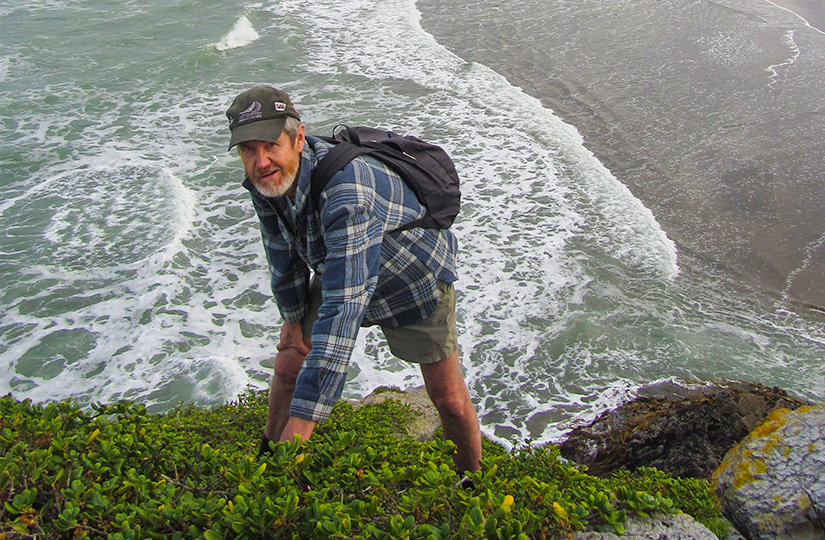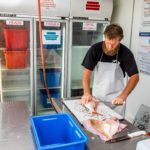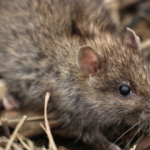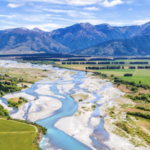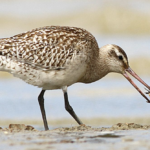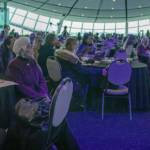For over three decades I’ve been scrambling over rock stacks and islets of northern New Zealand recording their plant life. Most have never been surveyed before so there is an air of excitement when visiting one for the first time. Physical difficulty of access is all part of the challenge which may involve quite an adventure to get ashore, or to reach cliff-vegetation. Unusual native plants or surprising weeds all help to indicate the wider picture: the current distribution of the native and naturalised flora. Islets with seabird populations and no rats make interesting comparisons with those lacking seabird colonies and with rats. Ideal prerequisites for islet study: surfing background; enjoy boating, kayaking and swimming; a head for heights; and a sense of adventure.
There are 351 islands ≥0.1 ha in the Hauraki Gulf and 67% of these are 0.1–1.0 ha in size. Many small islands are not formally owned and exist in legal limbo as “uninvestigated”.
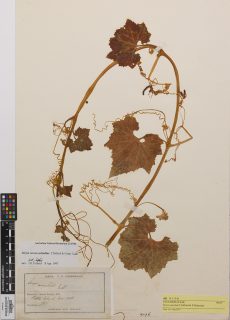
Historical botanical surveys of northern islets
The Auckland Museum herbarium holds over 30,000 plant specimens, including seaweeds, from the Hauraki Gulf and its islands dating back to a spinifex grass specimen from “Wai-he-ke” collected by Captain James E. Home in 1852 (AK 92728). Thomas Cheeseman collected from several small Gulf islands during the 1880s–1919. (Fig. 1). The label data of all these specimens is available at: http://www.aucklandmuseum.com/collections-research/collections, and many also have images attached.
English naturalist, Mary Gillham, in the late 1950s surveyed many small seabird islands, including the Mokohinau Is. and Horuhoru (Gannet) Rock (1.3 ha). Ecologist Ian Atkinson surveyed many from the 1960s onwards, including Sail Rock (2.1 ha) which he recorded as the least modified of the small Gulf islands so far described. Botanist Alan Esler surveyed many including 28 islands in the 1970s off the west coast of the Coromandel Peninsula. Councillor and ecologist Michael Lee surveyed seven islets by Waiheke I. using a kayak in the late 1990s.
Commonest natives and naturalised species
A comparison of 15 relatively undisturbed, exposed northern New Zealand islands, 0.2–3.6 ha in size, showed the most commonly occurring plants were all native species: taupata, NZ ice-plant, glasswort, coastal spleenwort, Mercury Bay weed, karo, shore groundsel, fishweed (Chenopodium spp.), knobby sedge, coastal mahoe, pohuehue, and Poa anceps. Common features of these plants includes: tolerant of seawater, low stature and often succulent. The commonest naturalised species only occurred on 5–8 of the islands: puha, catsear, inkweed, fleabane, boxthorn, scarlet pimpernel, prairie grass, and black nightshade. Apart from boxthorn most of these species are herbaceous and fairly harmless.
However, aggressive weeds on more modified small islands which suppress the vegetation commonly include: rhamnus, smilax, sweet pea shrub, mile-a-minute (Fig 2.), bone-seed and boxthorn. The indigenous percent of the flora roughly reflects of the health/naturalness of the island, ranging from 100% indigenous on Tatapihi (Groper) I. (Fig 3.) down to 28% on the commercial chert quarry on Karamuramu I. out from Kawakawa Bay (Table).
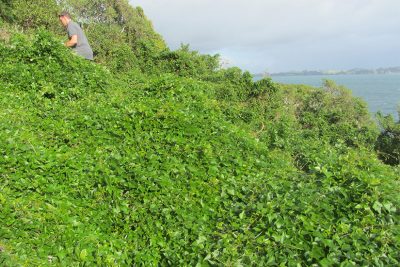
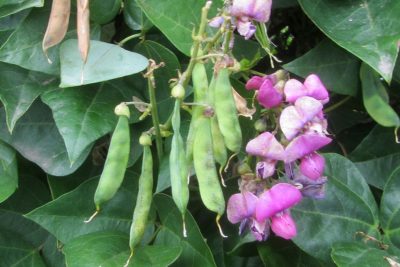

Threatened species
At least four Nationally threatened plant species occur on the small Gulf islands, e.g. Senecio scaberulus, Cook’s scurvy grasses (Lepidium flexicaule, L. oleraceum) and Geranium retrorsum (Fig 4). Another nine species are Nationally At Risk. The rat-free islets are often also home to threatened fauna including: seabirds, lizards and invertebrates (Fig 5).
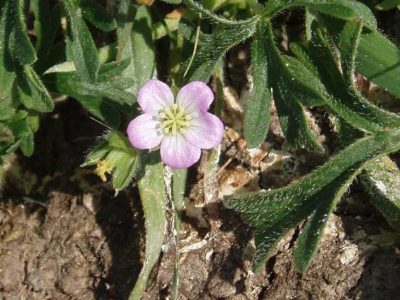

Ornithocoprophilous species
Gillham noted that many plants thrived on these guano-rich islands, e.g. ice-plant, taupata, shore groundsel, Cook’s scurvy grasses (Fig 6) , fishweed (Chenopodium species), glasswort and sea celery (Apium prostratum) and she used Robert Ornduff’s term ‘ornithocoprophilous’ for these guano-associated plants. Many of the special “island” plants are restricted to, or are at their most luxuriant, on islands with high amounts of seabird guano. The loss of guano and vegetation disturbance, coupled with the increase of weedy grasses, appears related to the decline of several ornithocoprophilous species, including the coastal threatened Cook’s scurvy grasses. The tiny terrestrial green alga (Prasiola stipitata) usually < 5 mm tall occurs as “green fuzz” (Fig 7) on rocks by guano ooze associated with seabird colonies.

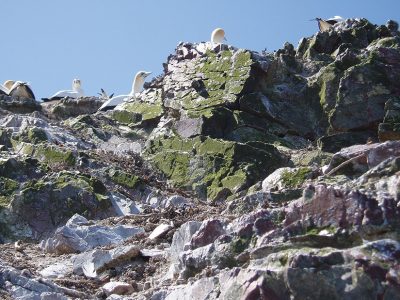
Conclusions – Small islands:
- special habitats, home (refugia) to many threatened biota
- ignored by most people
- weeds slowly increasing (islands may act as ‘stepping stones’)
- most pests (plant or animal) can easily be removed
- baseline recording of biota will lead to future changes being able to be quantified
- ideal study sites to monitor change
- their biological importance is out of proportion to their small size.
For a fuller account with references see:
http://bts.nzpcn.org.nz/bts_pdf/ABJ61%282%292006-99-108-Offshor.pdf
Table. Comparing the native and naturalised components of six small Gulf island floras.
| Island | Size (ha) | Total vascular flora (% native) | Feature of the island |
|---|---|---|---|
| Tatapihi (Groper) I., Mokohinau Is. | 3.0 | 20 (100) | Remote seabird island |
| Sail Rock, Bream Bay | 2.1 | 45 (87) | Remote seabird island |
| Horuhoru (Gannet) Rock, near Waiheke I. | 1.3 | 15 (73) | A gannet colony |
| Ruapuke (Maria) I., Noises Is. | 1.1 | 71 (44) | A seabird island |
| Watchman I. (Te Kākāwhakaara), Waitemata Harbour | 0.1 | 27 (30) | Highly modified inner Gulf island |
| Karamuramu I., out from Kawakawa Bay | 7.3 | 99 (28) | A chert quarry |


